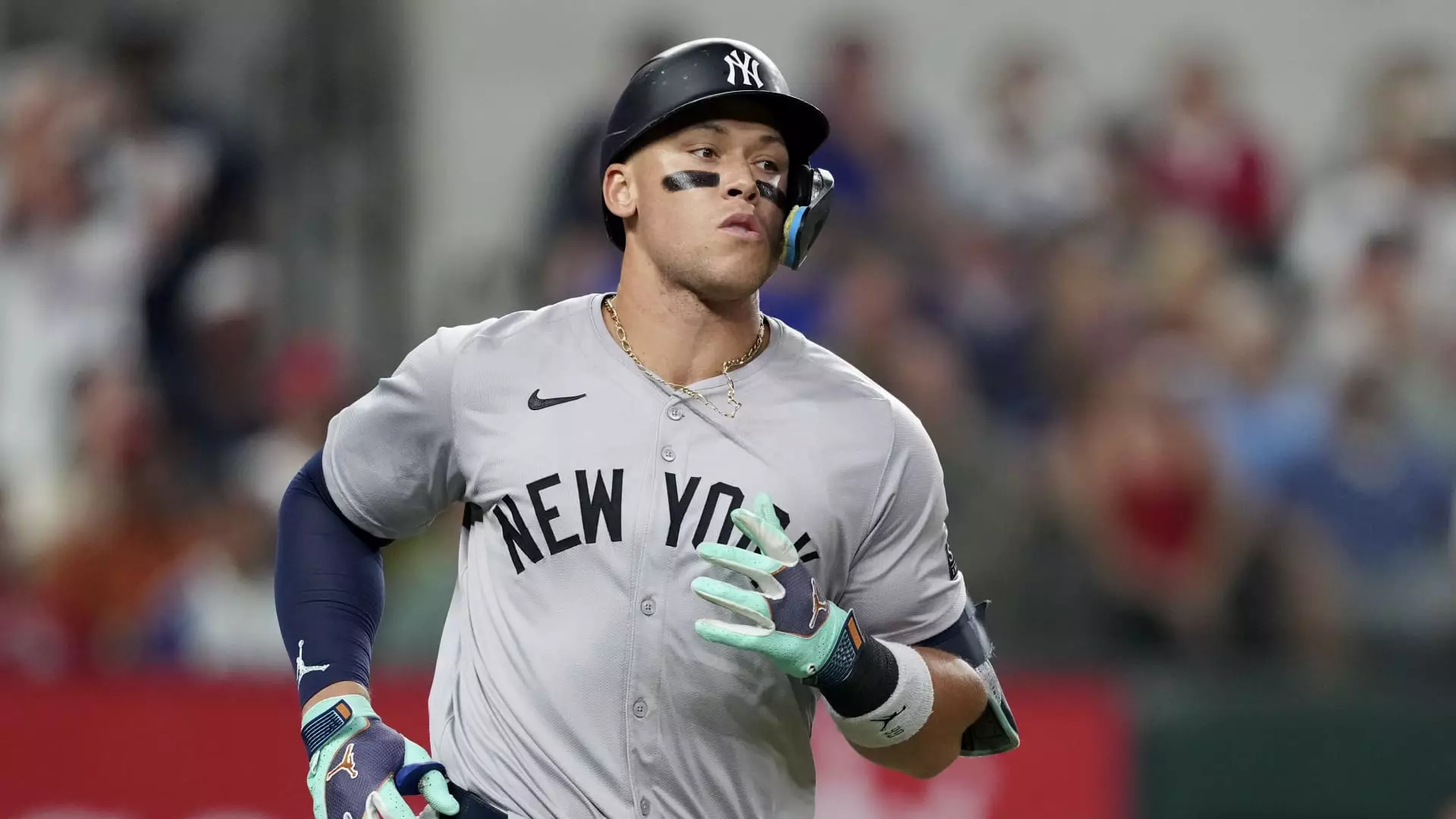As Major League Baseball (MLB) strides into its postseason, the viewership numbers are proving that America’s pastime is finding its footing once more. The opening game of the National League Championship Series (NLCS) between the New York Mets and Los Angeles Dodgers captivated an impressive 8.26 million viewers, marking the highest viewership for an LCS game since 2009, according to Fox Sports data. This resurgence of interest in MLB’s playoff aspirations comes at a crucial time for the sport, as it counters the long-standing debate over its relevance, especially among younger audiences. Meanwhile, the American League Championship Series (ALCS) match-up featuring the New York Yankees against the Cleveland Guardians also saw success, recording 3.9 million viewers, which indicates a 4% increase from last season.
Both series had to contend with formidable competition from the world of football. The strategic timing of the games coincided with prominent matchups in the NFL, including all three New York teams in action. This national spotlight undoubtedly placed additional pressure on MLB to attract viewers. Yet, in this high-stakes environment, the baseball playoffs did not just hold their ground; they gained significant traction. The MLB Division Series earlier in the month averaged three million viewers, a notable 20% increase from the prior year, demonstrating the sport’s ability to adapt and draw fans back in a crowded sports landscape.
While the recent resurgence is promising, MLB has had to wrestle with concerns regarding its cultural relevance, especially among younger demographics increasingly drawn to quick highlights and social media clips. The shift in viewer habits represents a challenge for the league as traditional broadcasts struggle against a rapidly changing media consumption landscape. This was underscored by last year’s World Series, which recorded the worst ratings in history—an outcome attributed by some to the limited appeal of the competing teams. These burgeoning concerns underscore the urgent need for MLB to revamp its approach to fan engagement.
MLB has proactively addressed this concern with an assortment of recent rule changes aimed at invigorating the game itself. Innovations such as introducing a pitch clock and enlarging the bases are designed to reduce downtime and encourage action, resulting in a game that’s not only faster but also more entertaining. MLB Commissioner Rob Manfred remarked on the increasing enthusiasm among baseball fans during the past two seasons, highlighting the league’s unprecedented growth in attendance, fan interaction, and streaming rates. The league’s elevated engagement metrics reflect a substantial shift, indicating that changes are resonating with fans of all ages.
The visibility of star players has also emerged as a crucial factor in revitalizing interest in the sport. Emerging talents such as Shohei Ohtani and Aaron Judge, representing the Dodgers and Yankees respectively, have not only captivated audiences but also set the stage for potentially electrifying matchups. As discussed by Eldridge Industries CEO Todd Boehly, the prospect of these iconic franchises clashing in the World Series paints an exquisite picture for baseball’s future. Such high-profile rivalries rekindle historical narratives and can draw in both die-hard fans and casual viewers alike, further solidifying MLB’s place in the national sports conversation.
With the Mets’ remarkable turnaround triggered by an enigmatic pre-game ceremony featuring Grimace from McDonald’s, and the Guardians’ resurgence spearheaded by star player José Ramirez, the narrative arc surrounding the remaining postseason teams is rich with potential. These compelling storylines not only lend themselves to viewer investment but also enhance the overall theater of the league’s playoff picture. As the Yankees stand with a 2-0 lead over the Guardians, and the Mets-Dodgers series draws to a stalemate at 1-1, the factors contributing to the exciting nature of the postseason are palpable.
In sum, Major League Baseball’s current postseason is a reflection of numerous elements coming together: innovative rule changes, increased viewership, and captivating narratives. As the league aims to maintain this momentum, it can only hope that the successes of this postseason herald a new chapter in MLB’s storied history.

Leave a Reply